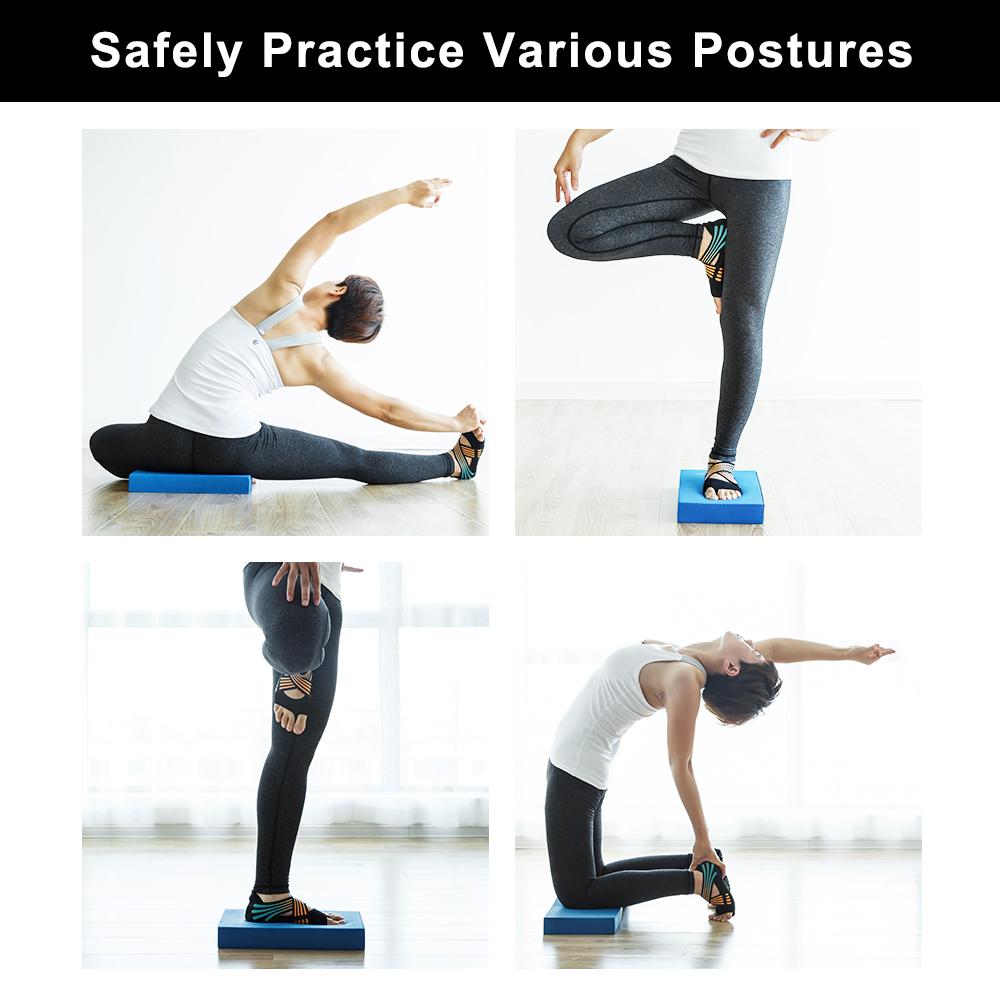Physical therapy and rehabilitation often incorporate a variety of techniques and tools to help patients regain their strength, balance, and overall physical wellness. Among the many devices used in the world of rehab, balance pads have emerged as an invaluable asset. These pads, typically made of foam or similar soft material, offer a challenging yet safe surface for a multitude of exercises. This article delves into how balance pads facilitate recovery and why they have become a staple in the realm of physical therapy.
Enhancing Proprioception and Balance
At the core of many physical therapy regimens is the need to improve a patient's balance and proprioception. Proprioception, often referred to as the "sixth sense", involves the ability to know where one's body is in space. After an injury or surgery, this sense can become diminished.
Balance pads provide an unstable surface, compelling the user to engage various muscles to maintain equilibrium. This not only aids in improving balance but also sharpens proprioceptive abilities. Regular exercises on a balance pad can help in retraining the brain and the body to recognize and adapt to various positions, making movements more stable and controlled.
Muscle Strengthening and Activation
When working out on a balance pad, the body naturally recruits more muscle fibers to maintain stability. This is particularly true for the core muscles, which are essential for good posture and overall balance. But the benefits don’t stop there. Legs, ankles, and even arm muscles can be targeted with specific exercises, making balance pads versatile tools for full-body strengthening in a rehabilitation context.
Low-impact, High-Efficiency Workouts
For individuals recovering from injuries, it's crucial to start with exercises that don't exacerbate the condition. Balance pads, with their soft, cushiony nature, offer a low-impact workout solution. The unstable surface ensures that even simple exercises become more challenging, making it possible for patients to achieve more in shorter workout sessions.
Enhancing Joint Flexibility and Mobility
Joint issues often arise from surgeries, injuries, or conditions like arthritis. One of the primary goals of rehabilitation in such cases is to restore joint flexibility and mobility. Balance pad exercises can be tailored to gently push the boundaries of joint movements, facilitating better flexibility without placing undue stress on the affected areas.
Versatility for Varied Needs
Physical therapy needs can vary significantly from one patient to another. Balance pads are versatile tools that can be incorporated into various exercise routines tailored to individual requirements. Whether it's for senior citizens looking to regain their walking balance or athletes wanting to get back on track post-injury, balance pads can be an integral part of the rehabilitation process.
Boosting Confidence During Recovery
Injuries and surgeries can often lead to a loss of confidence in one's physical abilities. The fear of re-injury or the sheer challenge of regaining strength can be daunting. Balance pads offer a controlled environment where patients can gradually challenge themselves, track their progress, and rebuild their confidence step by step.
Conclusion
Physical therapy and rehabilitation are often long roads, requiring patience, determination, and the right tools. Balance pads, with their ability to enhance proprioception, strengthen muscles, increase joint flexibility, and offer low-impact exercises, have rightfully earned their place in therapy centers and homes alike.
As with any tool, it's essential to be guided by a trained physical therapist when beginning exercises on a balance pad. Their expertise can ensure that movements are safe, effective, and tailored to the individual's recovery needs. Here's to a balanced and swift recovery!

